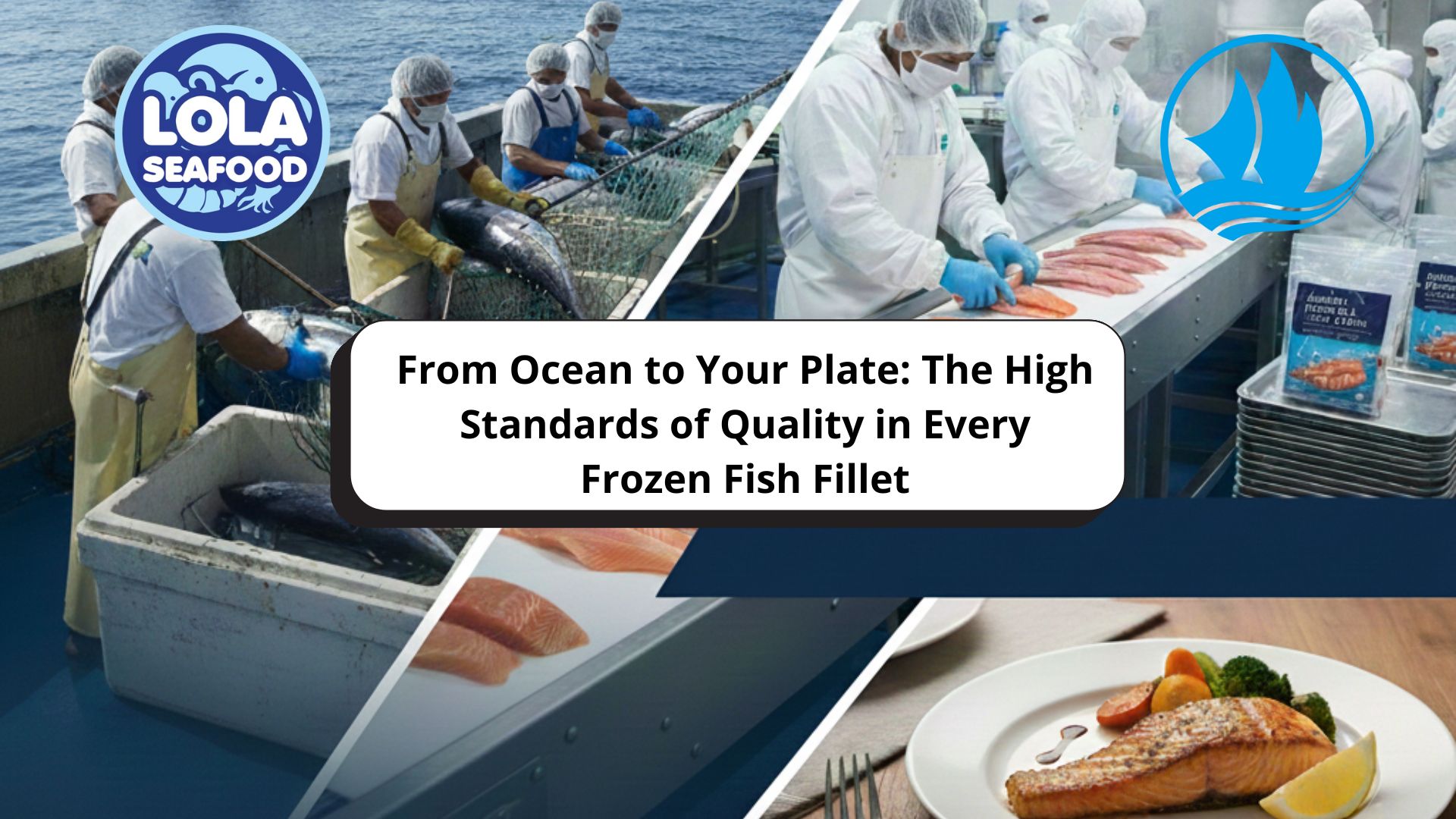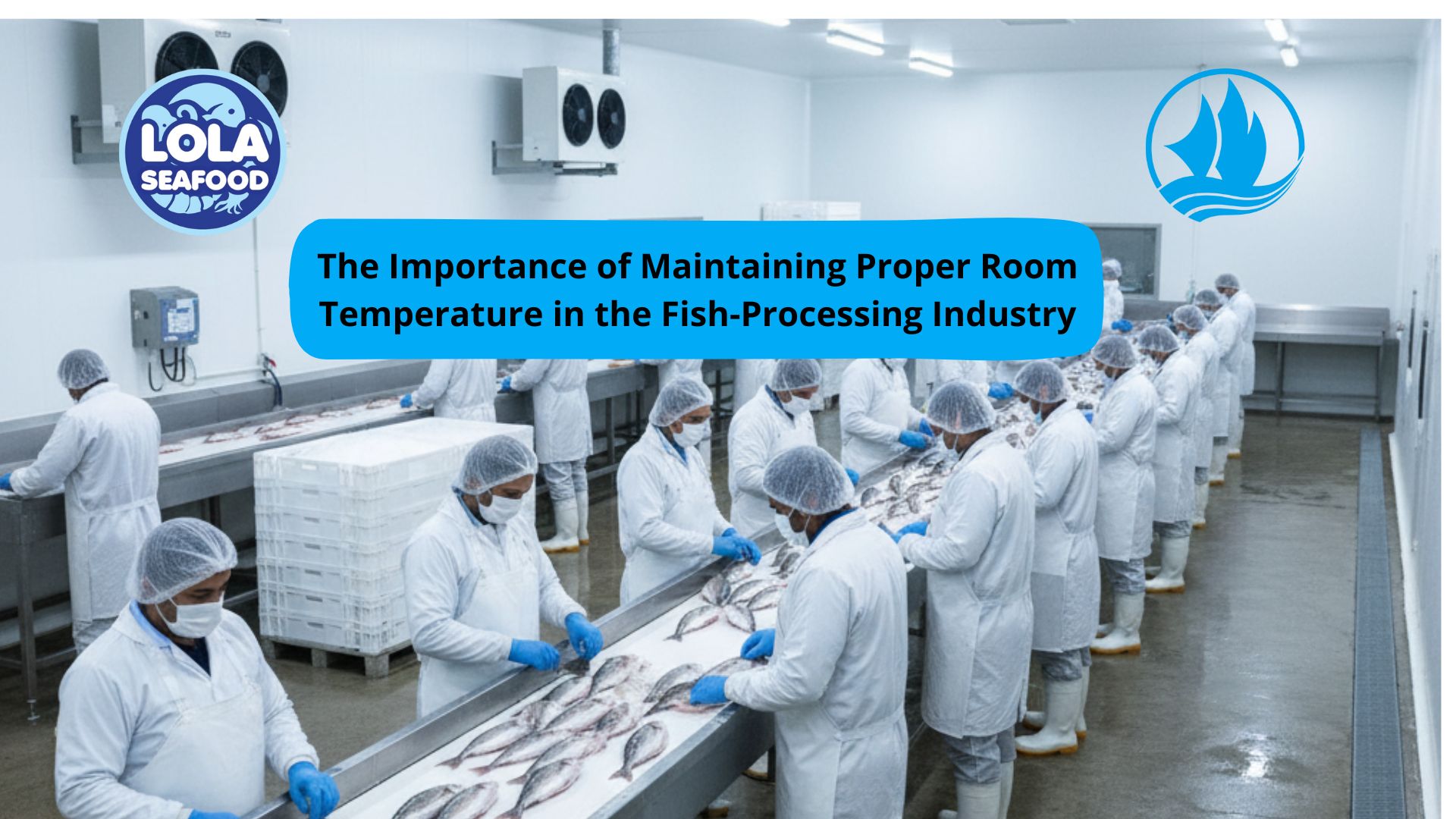Why Skinless Fillets Dominate the Export Market
By. Ely Kusniawati - 30 Sep 2025
Kelolalaut.com The global seafood industry has undergone significant transformations over the past few decades. Among the many products that circulate in international trade, skinless fish fillets have emerged as one of the most demanded and widely exported items. From salmon and cod to tilapia and pangasius, skinless fillets dominate supermarket shelves and restaurant menus across Europe, North America, and Asia. But what makes skinless fillets so dominant in the export market?
Meeting Consumer Preferences
One of the primary reasons for the popularity of skinless fillets is consumer preference. In many developed markets, customers associate skinless fish with cleanliness, convenience, and versatility. Without skin, fillets are easier to prepare and cook, whether grilled, fried, baked, or steamed.
For Western consumers in particular, the absence of skin aligns with culinary habits that prioritize mild flavors and uniform textures. By offering a ready-to-cook product, exporters increase the appeal of their fish to households, hotels, and restaurants that value convenience.
Uniform Appearance and Standardization
International trade requires products that can be standardized and graded easily. Skinless fillets meet this requirement perfectly. Once the skin is removed, fillets present a uniform, clean, and aesthetically pleasing look, which is highly attractive to buyers.
Standardization also simplifies packaging, labeling, and pricing. Importers can confidently sell skinless fillets without worrying about variations in skin color, patterns, or imperfections, which often reduce consumer appeal.
Better Compatibility with Value-Added Processing
Skinless fillets are not only sold as standalone products but also serve as the foundation for value-added seafood products. They are widely used in ready-to-eat meals, breaded fish portions, fish sticks, surimi, and other processed seafood items.
For manufacturers, skinless fillets provide a neutral base that can be easily seasoned, coated, or transformed into different culinary products. This compatibility makes them more versatile than skin-on fillets, which may limit processing options.
Market Demand and Price Premiums
The dominance of skinless fillets in exports is also tied to market demand and pricing dynamics. Buyers in high-value markets such as the United States, the European Union, and Japan are willing to pay a premium for skinless products because of their convenience and consumer appeal.
For exporters, this creates a strong incentive to focus on skinless production. Even though additional processing steps are required to remove the skin, the higher selling price often offsets these costs, making it economically attractive.
Hygiene and Safety Perception
Another factor driving the demand for skinless fillets is the perception of better hygiene and safety. In some markets, consumers believe fish skin may harbor bacteria, parasites, or contaminants. By removing the skin, processors can reassure buyers that the product is safe and clean.
Although this perception is not always scientifically accurate—since fish skin can also contain beneficial nutrients—it has nevertheless shaped consumer behavior and influenced export trends.
Alignment with International Standards
Global seafood trade is heavily regulated, with strict standards on food safety, traceability, and quality. Skinless fillets often make compliance easier because they eliminate visible defects, pigmentation issues, or irregularities that may trigger rejections at import checkpoints.
For example, the European Union enforces rigorous inspection protocols for imported fish. Products that fail to meet appearance or hygiene standards may be rejected. By exporting skinless fillets, processors reduce the risk of rejection and increase the likelihood of smooth market entry.
Challenges for Producers
While skinless fillets dominate exports, producing them comes with challenges. Removing the skin requires additional processing steps, specialized equipment, and skilled labor, all of which increase production costs.
Moreover, the removal of skin generates waste, which must be managed responsibly. Some processors repurpose discarded skins into gelatin, collagen, or fishmeal, but in many cases, these by-products are underutilized. As sustainability becomes a global priority, exporters may need to find more efficient ways to handle this issue.
The Role of Developing Countries
Interestingly, much of the world’s supply of skinless fillets comes from developing nations. Countries like Vietnam, Indonesia, India, and Bangladesh export massive volumes of pangasius, tilapia, and other species in skinless form. Their ability to provide affordable labor and large-scale production facilities allows them to compete effectively in international markets.
By focusing on skinless fillet exports, these countries gain access to foreign currency earnings, stimulate local employment, and strengthen their roles in global seafood supply chains.
Looking Ahead: The Future of Skinless Fillets
As consumer habits continue to evolve, the demand for skinless fillets is expected to remain strong. However, trends in sustainability, traceability, and eco-certification may reshape the industry. Buyers are increasingly asking not only for convenience but also for responsibly sourced products.
This means exporters will need to balance efficiency with environmental responsibility. Innovations in processing technology, waste management, and by-product utilization will likely determine the long-term competitiveness of skinless fillets in global markets.
Skinless fish fillets dominate the export market because they combine consumer appeal, standardization, versatility, and compliance with international standards. Despite the higher costs and waste management challenges, their strong demand and premium pricing make them the centerpiece of seafood trade worldwide.
For producers, focusing on skinless fillets is both a response to global market trends and a pathway to greater profitability. For consumers, it represents a product that is easy to prepare, safe, and aligned with modern lifestyles. Looking forward, the success of skinless fillets will depend on how well the industry adapts to sustainability requirements while continuing to meet the expectations of global buyers.
If youre interested in our Indian Mackerel Whole Round / Whole Gilled Gutted please do not hesitate to contact us through email and/or Whatsapp




.jpg)

.jpg)

.jpg)